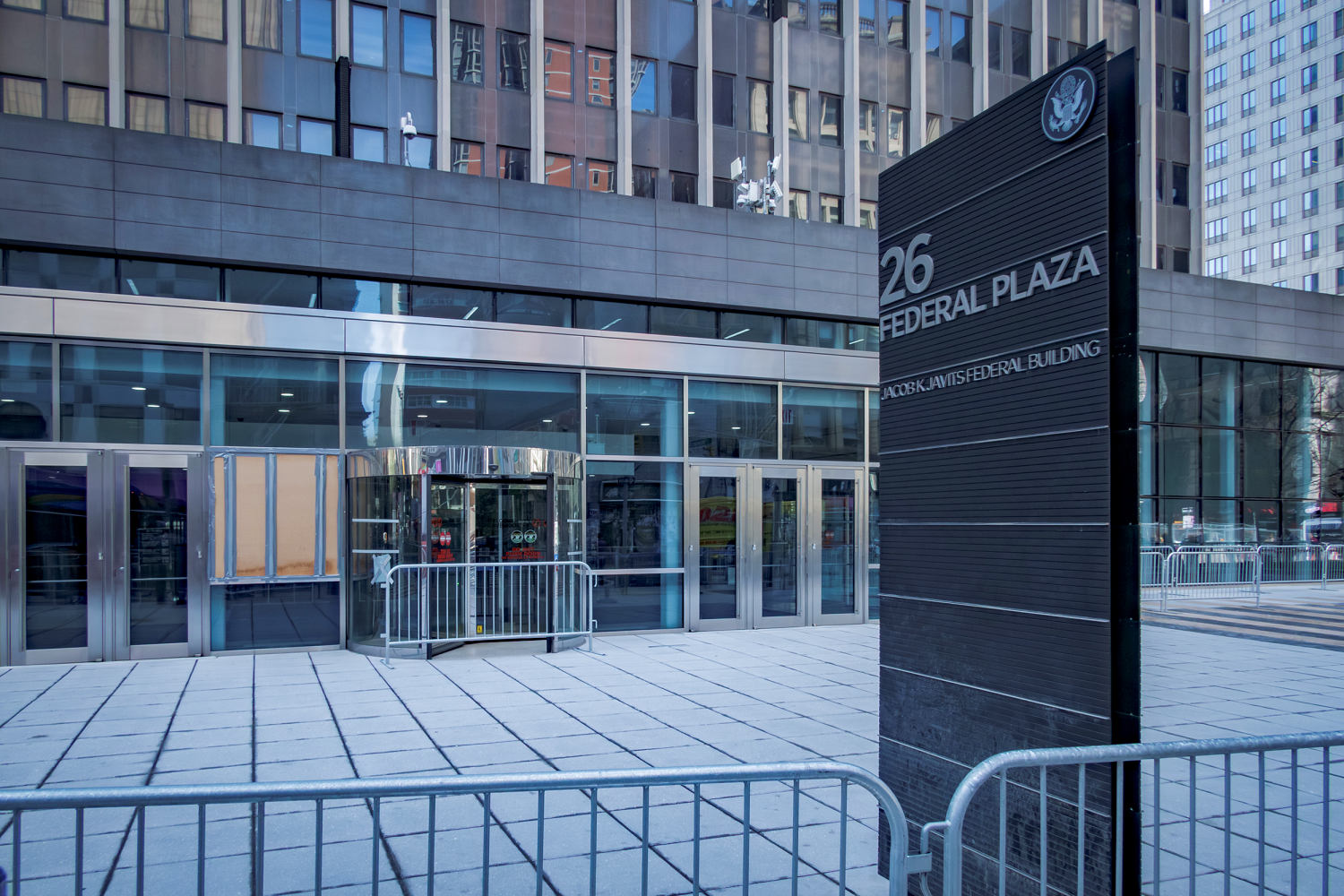Cross Laminated Timber (CLT) Market: Growth, Innovations, and Future Prospects
Cross laminated timber (CLT) market will grow at a rate of 15.15% for the forecast period of 2021 to 2028.
Introduction
The Cross Laminated Timber (CLT) Market has gained significant traction in recent years, driven by the growing demand for sustainable construction materials, advancements in engineered wood technology, and increasing awareness of environmental conservation. CLT, a prefabricated wood panel product, is revolutionizing the construction industry by offering high strength, durability, and eco-friendliness. As the market continues to expand, it presents lucrative opportunities for manufacturers, architects, and builders.
The Evolution of Cross Laminated Timber Market
CLT originated in Europe in the early 1990s and has since evolved into a widely accepted building material across North America and Asia-Pacific. The evolution of the Cross Laminated Timber Market is marked by:
-
Traditional Timber Construction: Early wooden structures relied on basic timber framing.
-
Introduction of CLT Panels: Multi-layered wood panels bonded with adhesives or mechanical fasteners.
-
Advancements in Manufacturing: CNC machining and automation improving precision.
-
Integration of Digital Design: BIM (Building Information Modeling) enhancing construction efficiency.
Market Trends in Cross Laminated Timber Market
The Cross Laminated Timber Market is witnessing several transformative trends:
-
Growing Adoption in High-Rise Buildings: CLT is being used in multi-story structures due to its strength.
-
Sustainability Focus: Increasing preference for low-carbon footprint materials.
-
Prefabrication and Modular Construction: CLT enables faster and more efficient building processes.
-
Expansion in Emerging Markets: Rising awareness and government incentives drive adoption.
-
Fire Resistance and Safety Improvements: Enhanced CLT designs meet stringent safety standards.
Challenges in Cross Laminated Timber Market
Despite its rapid growth, the Cross Laminated Timber Market faces several challenges:
-
High Initial Costs: CLT construction requires specialized expertise and materials.
-
Regulatory Barriers: Building codes and approvals vary across regions.
-
Moisture Sensitivity: CLT panels require proper sealing to prevent degradation.
-
Limited Awareness: Some regions still rely on traditional concrete and steel structures.
-
Supply Chain Constraints: Availability of raw materials and transportation logistics impact market growth.
Market Scope of Cross Laminated Timber Market
The Cross Laminated Timber Market encompasses a broad range of applications, including:
-
Residential Construction: Houses, apartments, and townhomes.
-
Commercial Buildings: Offices, retail spaces, and hotels.
-
Institutional Structures: Schools, hospitals, and government buildings.
-
Infrastructure Projects: Bridges, pavilions, and public spaces.
-
Industrial Facilities: Warehouses and manufacturing plants.
Factors Driving Growth in Cross Laminated Timber Market
The Cross Laminated Timber Market is projected to experience substantial growth, with key factors driving expansion:
-
Environmental Benefits: CLT reduces carbon emissions compared to concrete and steel.
-
Improved Construction Efficiency: Prefabrication minimizes waste and speeds up building timelines.
-
Government Incentives: Policies promoting sustainable construction boost CLT adoption.
-
Advancements in Engineering: Stronger and more durable CLT panels enhance structural integrity.
-
Growing Urbanization: Demand for efficient and eco-friendly building solutions increases.
Future Outlook of Cross Laminated Timber Market
The future of the Cross Laminated Timber Market looks promising, with several advancements expected to shape the industry:
-
AI-Driven Design Optimization: AI-powered tools enhance CLT structural planning.
-
Integration of Smart Building Technologies: CLT structures incorporate IoT-enabled monitoring systems.
-
Expansion of CLT Manufacturing Facilities: Increased production capacity meets rising demand.
-
Development of Hybrid CLT Structures: Combining CLT with steel and concrete for enhanced performance.
-
Sustainable Forestry Practices: Ethical sourcing of timber ensures long-term market viability.
Impact of AI and Machine Learning in CLT Industry
Artificial Intelligence (AI) and Machine Learning (ML) are revolutionizing the Cross Laminated Timber Market:
-
AI-Powered Structural Analysis: Predicting load-bearing capacities for optimized designs.
-
Automated Manufacturing Processes: Robotics streamline CLT panel production.
-
Virtual Construction Simulations: AI-driven modeling enhances project planning.
-
Predictive Maintenance for CLT Buildings: AI monitors structural integrity over time.
Role of 3D Printing in CLT Construction
3D printing is transforming CLT applications:
-
Customized CLT Components: Precision-cut panels tailored to specific designs.
-
Rapid Prototyping: Architects and engineers test CLT structures before full-scale construction.
-
Cost Reduction: 3D printing minimizes material waste and lowers production expenses.
-
Enhanced Structural Performance: Innovative designs improve load distribution.
Teledesign and Remote Construction Planning
Teledesign is reshaping CLT construction:
-
Virtual Collaboration: Architects and builders coordinate projects remotely.
-
AI-Based Design Adjustments: Smart algorithms optimize CLT layouts.
-
Accessibility in Remote Areas: CLT enables sustainable construction in underserved regions.
-
Cost-Effective Solutions: Digital planning reduces project overhead costs.
Source : https://www.databridgemarketresearch.com/reports/global-cross-laminated-timber-clt-market
Conclusion
The Cross Laminated Timber Market is evolving rapidly, driven by technological advancements, increasing consumer demand, and expanding accessibility. While challenges such as high costs and regulatory hurdles persist, the market's future remains promising. As CLT solutions become more efficient, sustainable, and widely adopted, the industry is set to reshape modern construction and improve environmental sustainability worldwide.










































































